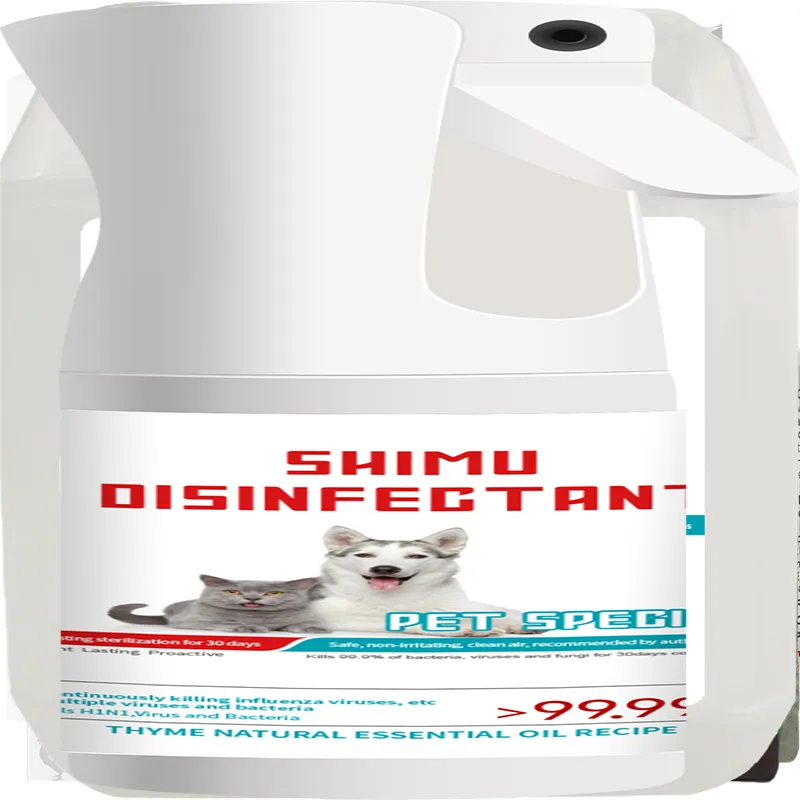Applications in the Food Industry
Coughing in poultry can stem from a variety of sources. Viral infections, such as Infectious Laryngotracheitis (ILT) and Avian Influenza, are common culprits that can lead to respiratory distress. Bacterial infections, including Mycoplasmosis and Aspergillosis, as well as parasitic infestations such as those caused by lungworms, can also contribute to coughing. Environmental factors, including poor air quality and high ammonia levels, may exacerbate these issues, causing irritation of the respiratory tract.


